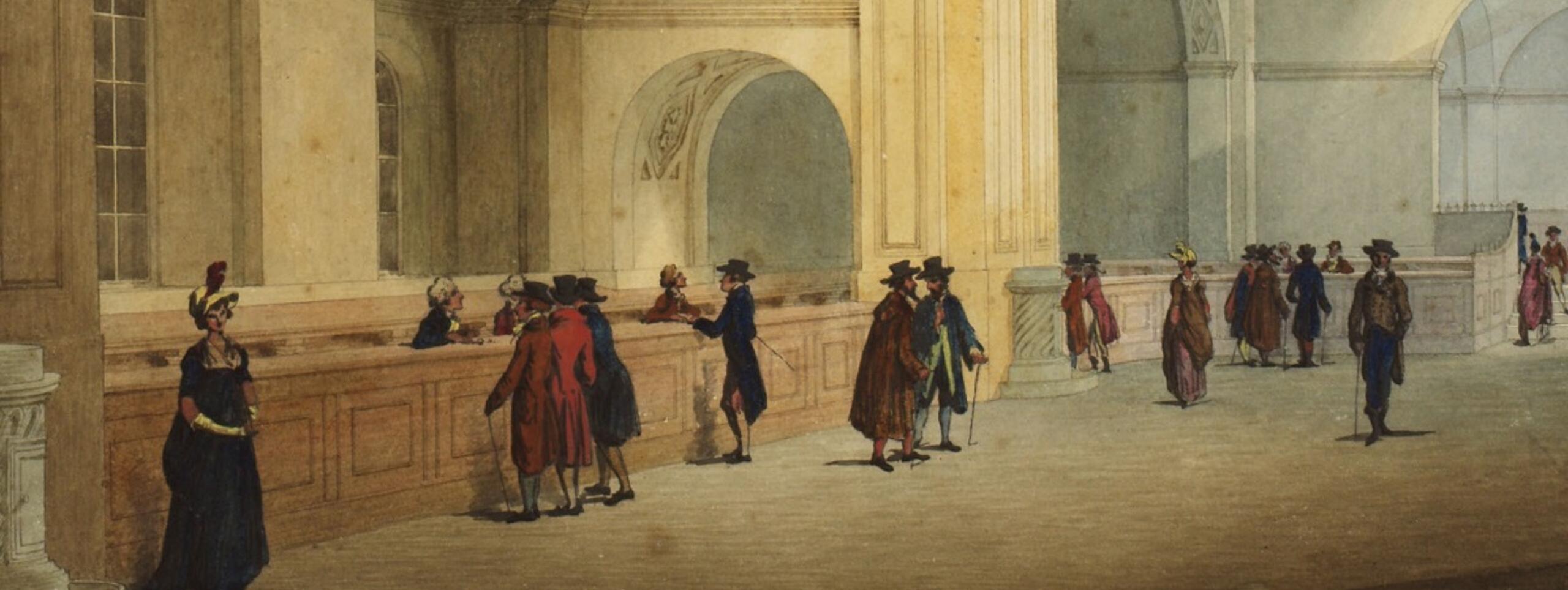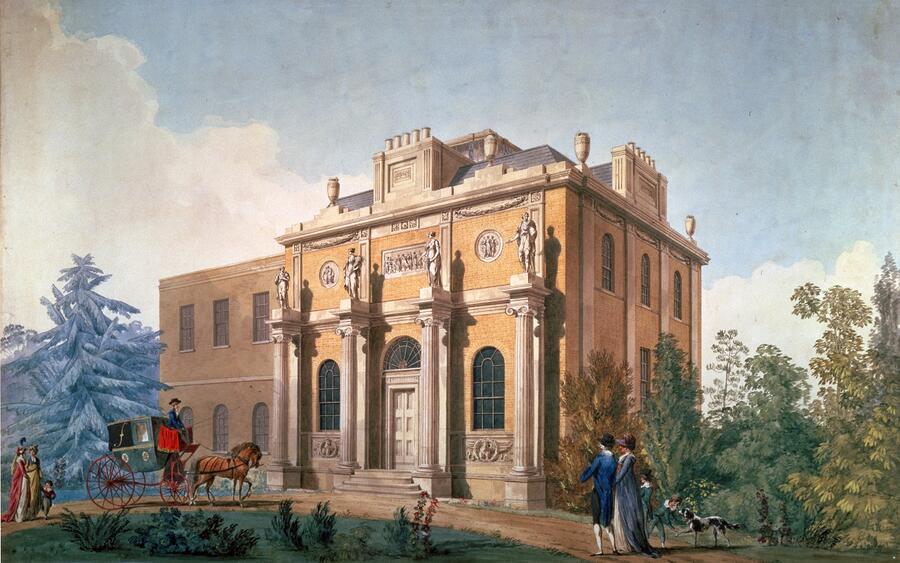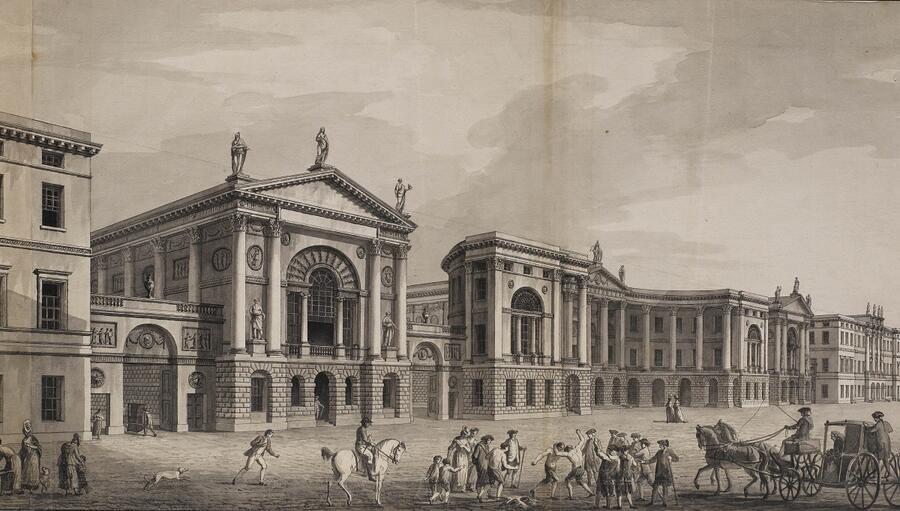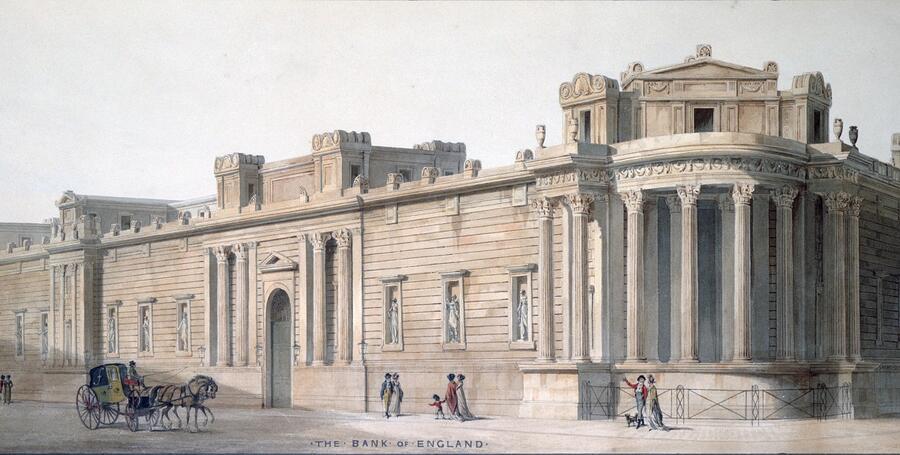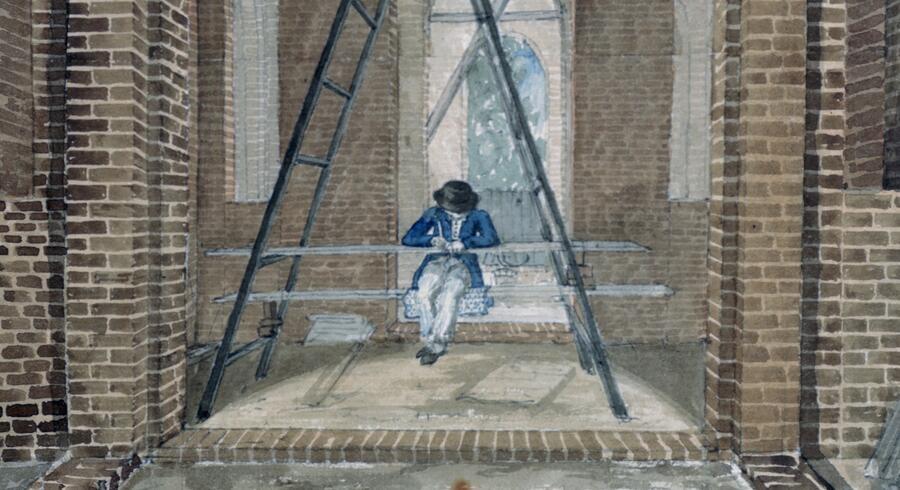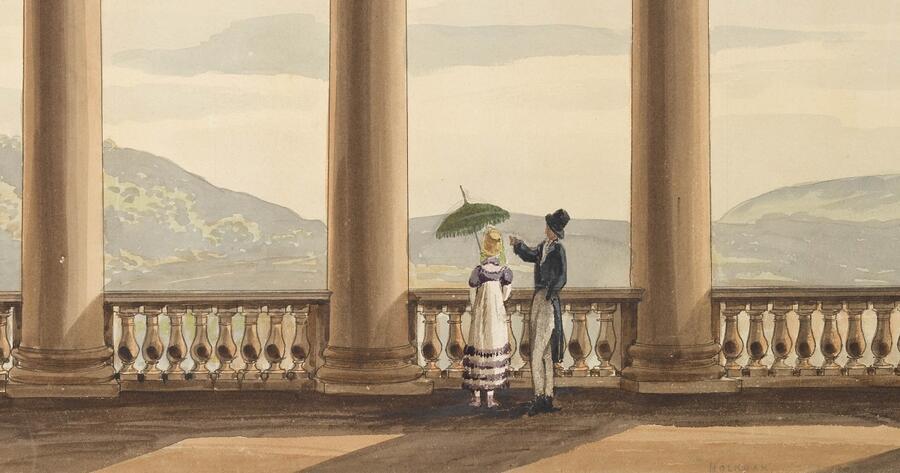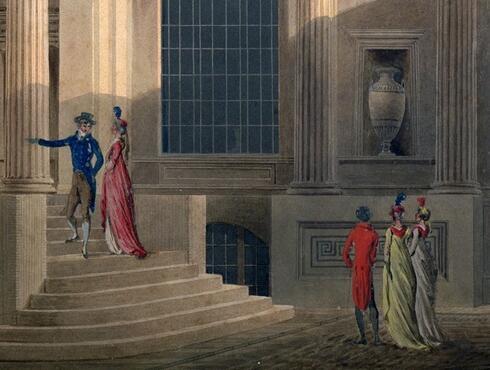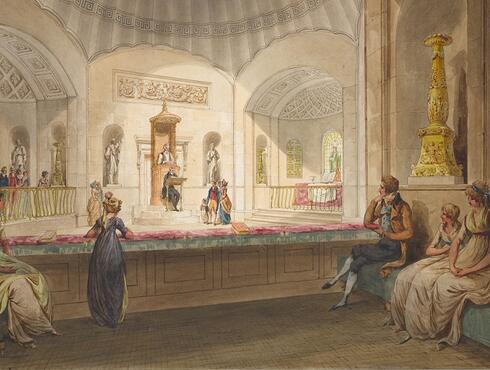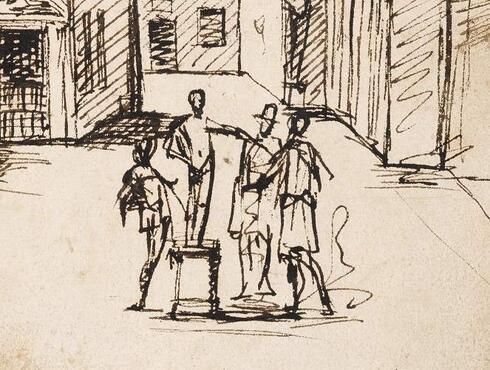Pitzhanger
Young Samuel was very excited to visit Pitzhanger Manor with his mother and aunt. Being four, he was not interested in seeing the grand architecture or the fashionable setting, or even meeting the architect Mr Soane, but he was hoping that the Soane boys would be fun playmates. They travelled in style, away from the hustle and bustle of the city, and Samuel at first enjoyed spying the passing world through a small gap in the curtains. As their horse-drawn carriage made its way through the vast countryside towards Ealing, Samuel became bored and fidgety. The only thing that kept Samuel amused was watching the large feather of his aunt’s silly hat stroke the carriage ceiling in a looping pattern. When they finally arrived, Samuel was desperate to run around the garden with John and George, the Soane boys. However, after a brief hello, John and George were ushered inside by their father to study. Samuel frowned and huffed. Sensing his disappointment, Mrs Soane introduced Samuel to the family dog and he spent two happy hours playing with it in the garden. On the way home, Samuel announced Pitzhanger Manor to be his ‘most favourite manor ever’.
